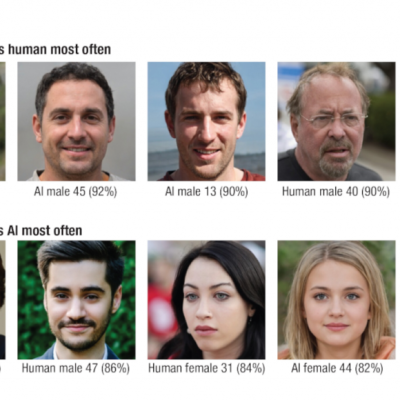Israeli researchers have developed a computer program that can detect written lies with greater accuracy than traditional lie detectors. Gil Luria and Sara Rosenblum from the University of Haifa in Israel have created a program that can analyze handwriting on tablet computers to determine whether a person is lying or telling the truth. The program analyzes various characteristics of handwriting, including the height, length, and width of each stroke, the pressure applied to the writing surface, and the relative time in which the pen is moving or stationary. The researchers hope that this new method of lie detection will eventually replace traditional lie detectors.
The researchers tested the program on numerous subjects and found that it had a significantly higher accuracy rate than traditional lie detectors. They published their findings in the journal Applied Cognitive Psychology. In Germany, the use of lie detectors in court is not allowed due to their lack of accuracy. However, lie detectors are popular in the entertainment industry, such as in talk shows. The new handwriting analysis method could potentially be used as evidence in German courts in the future.
The program works by analyzing subtle characteristics of handwriting that can indicate whether a person is lying or telling the truth. The researchers hope that this new method of lie detection will be more reliable than traditional methods and will eventually replace them. The program could potentially be used in a variety of settings, including law enforcement, job interviews, and other situations where the truthfulness of a person’s statements is important. The researchers believe that this new technology will be a valuable tool in the fight against deception and dishonesty.










